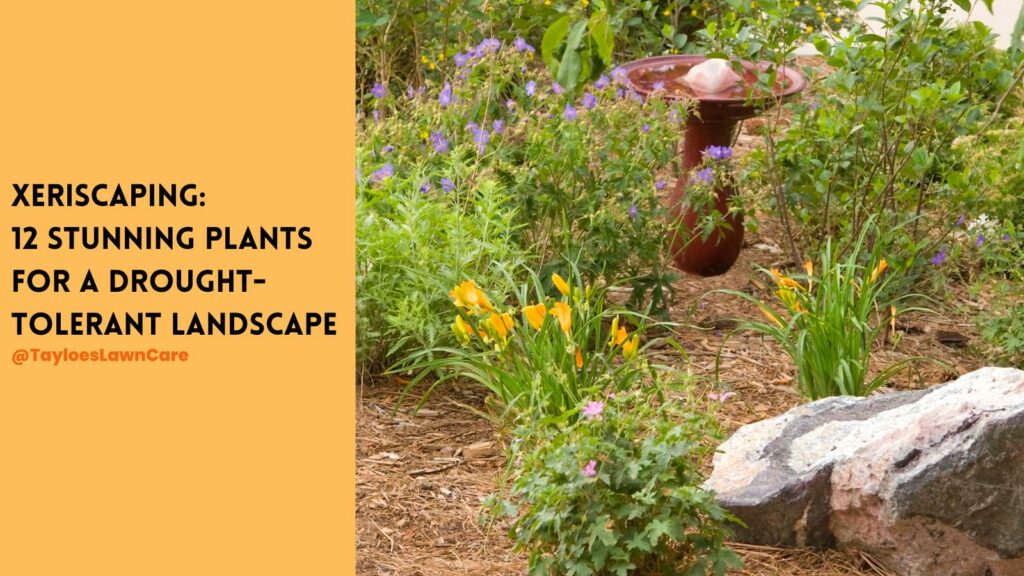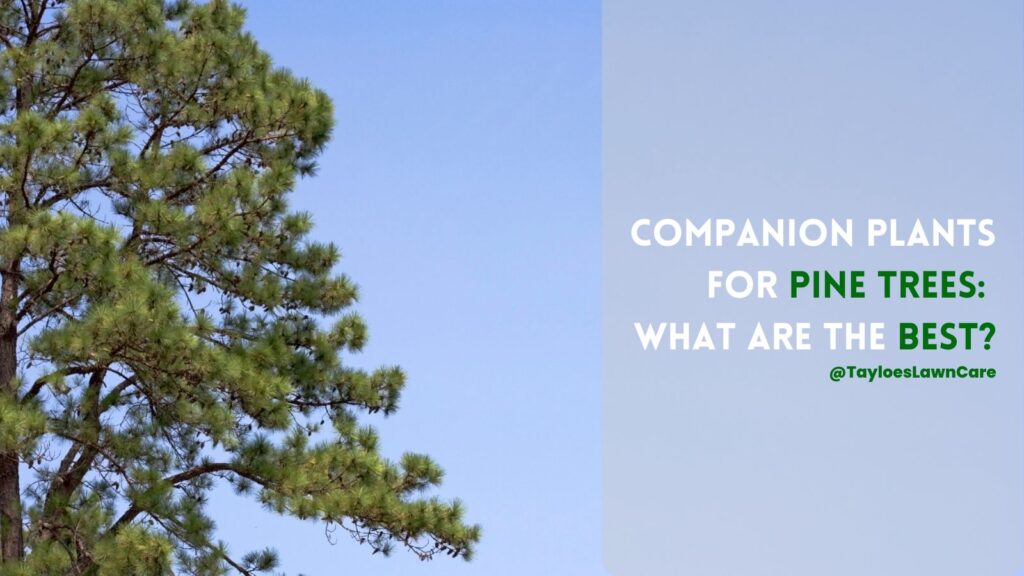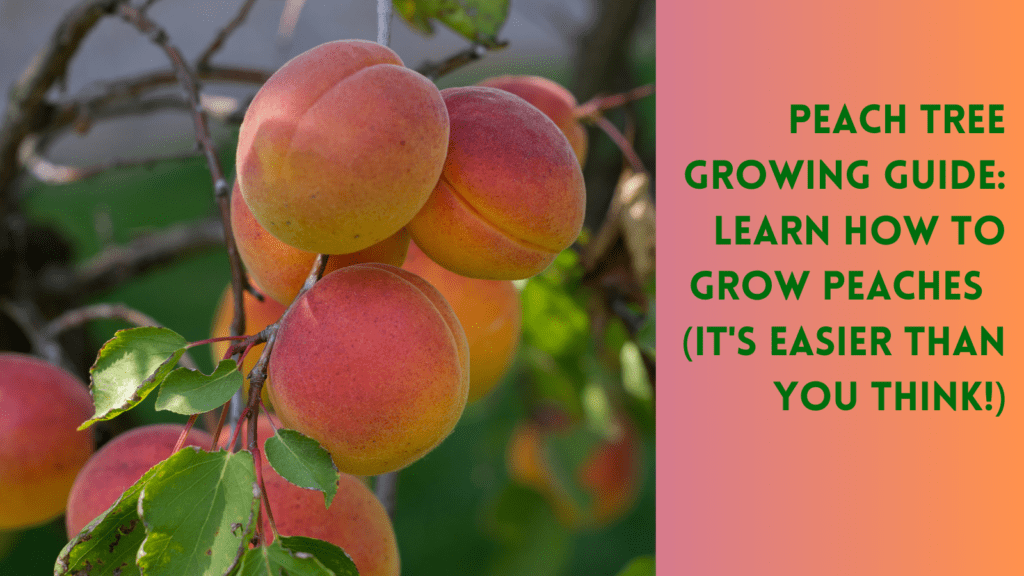Last Updated on: 18th October 2023, 02:14 pm
Crepe myrtles are stunning landscaping trees in myriad colors.
Crepe Myrtle is a beautiful and versatile tree that has become a favorite among homeowners and landscapers in Northeast North Carolina.
This blog post will provide a comprehensive guide to understanding Crepe Myrtle’s needs, growing zone, different color blossoms and cultivars. You will also read tips on how to plant and care for these stunning trees. Let’s explore the world of Crepe Myrtle and learn how to make your landscape thrive with these Southern beauties.
Crepe Myrtle Basics
Are you ready to learn more about this North Carolina classic species?

Description of Crepe Myrtle
Crepe Myrtle (Lagerstroemia) is a deciduous tree or shrub, known for its beautiful and long-lasting summer blooms, attractive bark, and vibrant fall foliage. These trees are native to Southeast Asia and Northern Australia but have been widely cultivated in the United States for their ornamental value.
Growing Zones and Adaptability
Crepe Myrtles are best suited for USDA hardiness zones 7-9, making them an ideal choice for Northeast North Carolina. These trees can tolerate a wide range of soil types and conditions but prefer well-draining soil and full sun exposure for optimal growth and flowering.
Different Color Blossoms and Popular Cultivars
Crepe Myrtles come in a variety of colors, including white, pink, red, and purple. Popular cultivars include:
White-flowering Varieties
- Natchez: Large, white blooms with attractive cinnamon-colored bark
- Kiowa: Upright form with large, pure white flowers
Pink-flowering Varieties
- Muskogee: Light lavender-pink flowers with a tall, arching habit
- Tuscarora: Coral-pink blooms with a broad, rounded crown
Red-flowering Varieties
- Dynamite: True red flowers with a rounded, upright growth habit
- Red Rocket: Bright red blooms on a fast-growing tree
Purple-flowering Varieties
- Catawba: Dark purple flowers with a compact, rounded form
- Zuni: Lavender-purple blooms with a dwarf, semi-weeping habit
Planting Crepe Myrtles
Selecting the Right Location
Choose a location that receives at least 6 hours of direct sunlight per day. Crepe Myrtles need ample sunlight to produce abundant blooms. Ensure there is enough space for the tree to grow to its full size and avoid planting too close to buildings or other structures.
Preparing the Soil
Crepe Myrtles can tolerate various soil types, but they prefer well-draining soil. Amend heavy clay soils with organic matter such as compost or aged manure to improve drainage and fertility. If needed, perform a soil test to determine the pH and nutrient levels, adjusting them as necessary.
Planting Instructions
1. Dig a hole twice as wide as the root ball and just as deep.
2. Gently remove the tree from its container, taking care not to damage the roots.
3. Place the tree in the hole, ensuring the top of the root ball is level with the surrounding soil.
4. Backfill with the excavated soil, firming it gently as you go to eliminate air pockets.
5. Water thoroughly to settle the soil around the roots.
Tips for Successful Establishment
- Apply a 2-3 inch layer of mulch around the base of the tree to conserve moisture and suppress weeds.
Water deeply and regularly, especially during the first couple of years after planting, to promote strong root development. - Stake the tree if necessary to provide support during establishment.
Crepe Myrtle Care

Watering Requirements
Crepe Myrtles are relatively drought-tolerant once established but perform best with consistent moisture. Water your Crepe Myrtle deeply every week or two during dry periods, ensuring the soil remains moist but not waterlogged.
Fertilization and Soil Needs
Fertilize Crepe Myrtles in early spring with a slow-release, balanced fertilizer. Follow the package instructions for application rates. Avoid over-fertilizing, as excessive nutrients can lead to lush foliage growth at the expense of blooms.
Pruning and Maintenance
Prune Crepe Myrtles in late winter or early spring, before new growth emerges. Remove any dead, diseased, or crossing branches and thin out crowded growth to improve air circulation. Avoid heavy pruning, as this can lead to unsightly “knuckles” and reduce overall tree health. Instead, focus on maintaining the tree’s natural shape and structure.
Pest and Disease Management
Monitor your Crepe Myrtle for common pests like aphids, scale, and Japanese beetles. Treat infestations with insecticidal soap or other appropriate measures. Watch for diseases such as powdery mildew and sooty mold, and treat with fungicides as needed. Ensure proper pruning, watering, and fertilization practices to promote overall tree health and resilience.
Crepe Myrtles in Landscaping
Design Ideas for Crepe Myrtle Placement
Crepe Myrtles make excellent specimen trees, focal points, or even living screens when planted in groups. Consider using them as a colorful backdrop for a mixed border or as an anchor in a large garden bed.
Companion Plants for Crepe Myrtles
Choose companion plants with similar sun and soil requirements, such as ornamental grasses, perennials, or groundcovers. Some options include Liriope, Daylilies, Coneflowers, and Russian Sage.

Crepe Myrtles in Public Spaces
Crepe Myrtles are popular choices for street plantings, parks, and public gardens due to their low maintenance, seasonal interest, and adaptability to various urban conditions.
The Takeaway: Crepe Myrtles Are a Local Favorite Landscaping Tree for Good Reason!
Crepe Myrtles are a beautiful and rewarding addition to any landscape in Northeast North Carolina. These stunning trees will provide years of enjoyment and beauty with proper care and attention. We invite you to follow Tayloe’s Lawn Care Services on Facebook for more tips and inspiration on caring for your Crepe Myrtles and other landscape plants.
Author Profile

- Deborah Tayloe is the CEO and co-founder of Tayloe's Lawn Care Services, LLC. She has a B.S.Ed and holds certificates in soil and water management and herbology from accredited programs.
Latest entries
 GardeningSeptember 27, 2025What perennials, shrubs, and trees don’t like fall pruning (and why)?
GardeningSeptember 27, 2025What perennials, shrubs, and trees don’t like fall pruning (and why)? Trees and ShrubsSeptember 14, 2025Fall Shrub Pruning Guide (September–October)
Trees and ShrubsSeptember 14, 2025Fall Shrub Pruning Guide (September–October) Trees and ShrubsApril 22, 2025Boxwood Blight: Early identification and isolation
Trees and ShrubsApril 22, 2025Boxwood Blight: Early identification and isolation Flower GardenApril 8, 2025John F. Kennedy Rose: Hybrid tea rose with elegant white blooms
Flower GardenApril 8, 2025John F. Kennedy Rose: Hybrid tea rose with elegant white blooms






